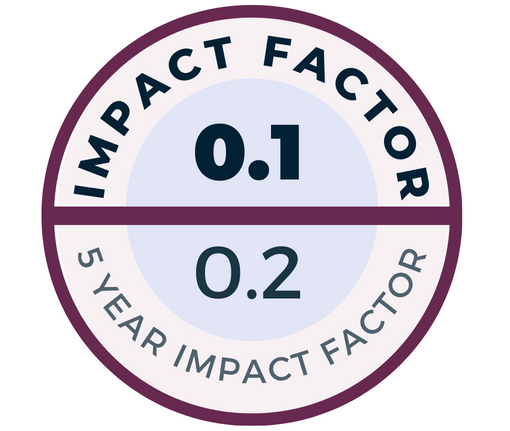Objective: The porous polyethylene implant (PPEI) is one of the most commonly used alloplastic materials in cranio-maxillofacial surgery. It is widely preferred because of its biocompatible, durable, flexible and thin nature as well as for its low complication rates. The purpose of the present study was to review the clinical and surgical outcomes of PPEI usage for orbital floor fractures.
Methods: The present study included 76 patients who underwent orbital floor fracture reconstruction using PPEI between July 2000 and July 2018. All demographic characteristics of the patients were recorded and the patients were questioned and/or examined whether there was any complaint or complication secondary to the surgery.
Results: The mean age of the patients was 35.2 years with a male predominance. The most common causes of injury were in-vehicle traffic accidents, falls, physical assaults and pedestrian accidents, respectively. 73 patients had other concomitant fractures of the facial bones along with the orbital floor fracture. The mean time between the injury and the surgical repair was eight days. Scleral show was observed in two patients (2.6%) due to scar contracture of the subciliary incision whereas one patient had surgical removal of the PPEI.
Conclusion: The present study revealed that PPEI is a reliable and flexible material for the reconstruction of orbital floor fractures with a low risk of complications. To prevent or minimize postoperative complications, the orbital septum must be repaired meticulously.


